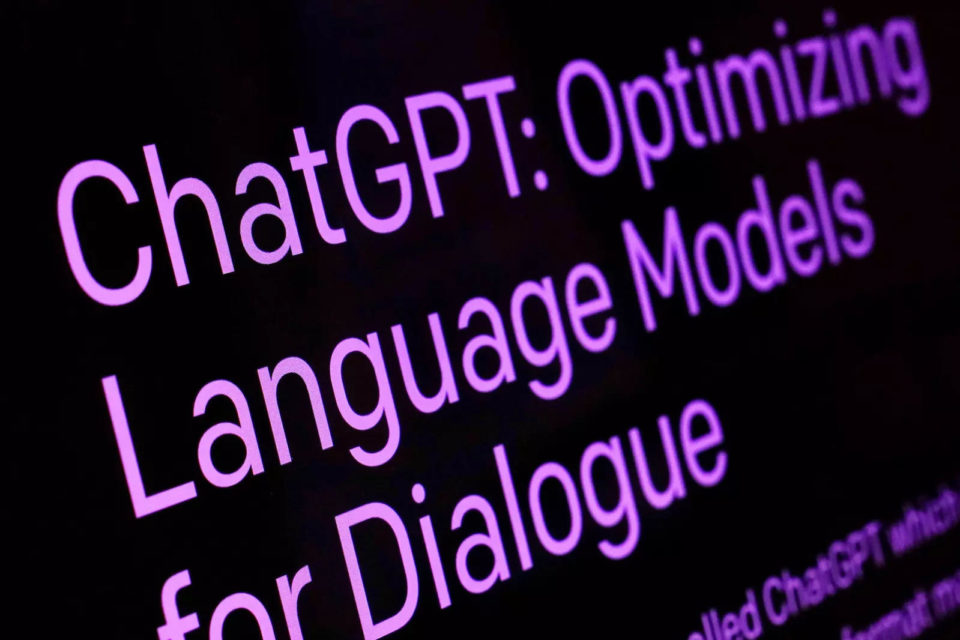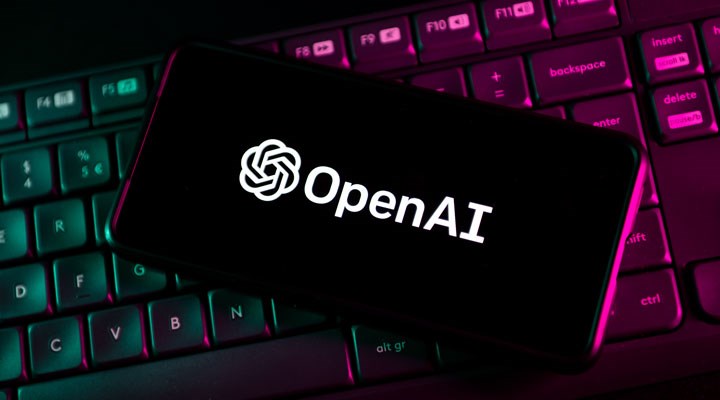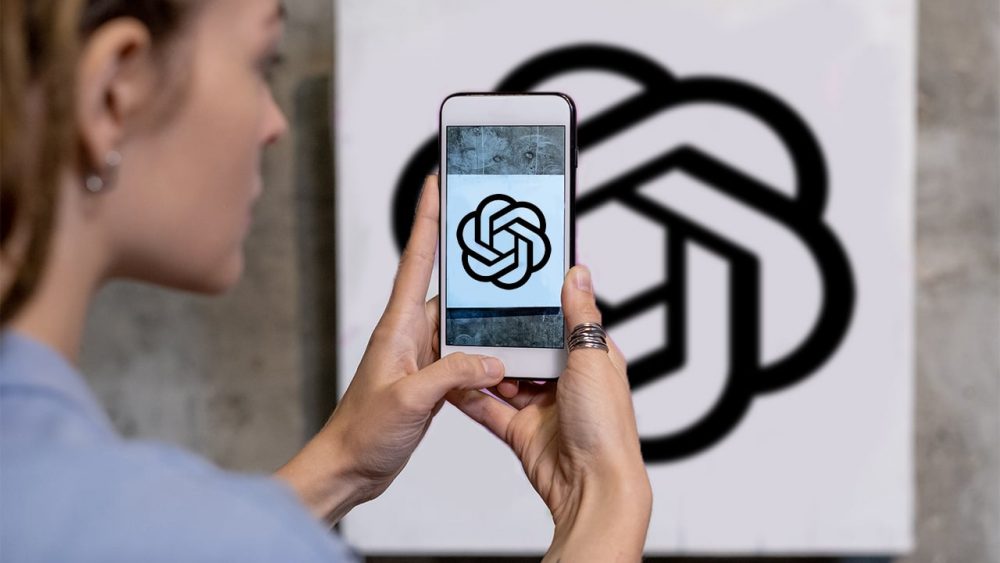GPT 4 is an enhanced new version of ChatGPT, an artificial intelligence application developed by OpenAI. Able to analyze text and images simultaneously, GPT 4 has superior analysis capabilities compared to ChatGPT.
What is GPT 4?
GPT 4 is a new version of the popular artificial intelligence application ChatGPT developed by OpenAI. Described as the most powerful AI model ever, this new model differs from its predecessor, GPT 3.5, in its “image reading”.
OpenAI stated that it leverages feedback from people to make GPT 4 more accurate and reliable. This feedback included feedback from ChatGPT. The GPT 4 API, which is available to ChatGPT Plus subscribers, has been opened to developers through the waiting list.
ChatGPT Plus has a monthly subscription fee of $20. With these developments, Duolingo, Be My Eyes, Stripe and Khan Academy have been integrated with the GPT 4 model, while Microsoft has announced that the “new Bing” chat experience is built on the new model.

How to Use ChatGPT 4?
To use GPT 4, you must first become a paid subscriber for ChatGPT+, the premium version of ChatGPT. GPT 4 membership fee is $20. You must have an OpenAI account to subscribe. If you do not already have an account, you must create an account with your e-mail address and log in. You can complete the subscription process by talking to ChatGPT.
To switch to GPT 4, click the “Upgrade to Plus” option from the left menu and follow the steps. After creating a subscription, you do not have any waiting problems. If you wish, you can choose the old or new chat model.
What is GPT 3?
GPT 3 stands for Generative Pre-trained Transformer 3 (“Generative Pre-trained Transformer 3”). As the name suggests, GPT 3 is the 3rd version of the model released by OpenAI that can generate text using pre-trained algorithms.
All the data he needs to carry out his duties is provided in advance. Specifically, the OpenAI team scanned the internet for publicly available datasets known as “CommonCrawl”, including the entire Wikipedia text, and fed GPT 3 with approximately 570GB of collected text data.
GPT 3 can create anything with language structure; This means that he can answer questions, write articles, summarize long texts, translate languages, take notes for later use, and even generate computer code.

How is GPT 4 different from GPT 3 and 3.5?
The new features that distinguish GPT 4 from its predecessors are:
- Multi-mode input and output: GPT 4’s ability to handle different types of inputs and outputs could be game changer for AI chatbots like ChatGPT. For example, it could potentially allow chatbots to respond with videos or images rather than just text, which could improve the user experience and make interactions more engaging. However, this feature is limited and still under development.
- Increased capacity for multiple tasks: With its increased capacity to multitask, GPT 4 can potentially streamline and accelerate processes for businesses and organizations that rely on AI technology. For example, GPT 4 can be used to automate customer service queries and process multiple queries simultaneously.
- Improved accuracy: The increased accuracy of GPT 4 can have significant effects on the reliability of information on the internet. Applications such as search engines that rely on GPT 4 can provide more accurate and reliable results, reducing the spread of misinformation and increasing user trust in these applications.
- Enhanced security: OpenAI has been working for more than six months to ensure GPT 4 is secure by improving its monitoring framework and working with experts in sensitive fields such as medicine and geopolitics to provide accurate and secure responses. In its GPT 4 announcement, OpenAI highlighted that the system is “82 percent less likely to respond to requests for disallowed content and 40 percent more likely to generate genuine responses than GPT 3.5.”





